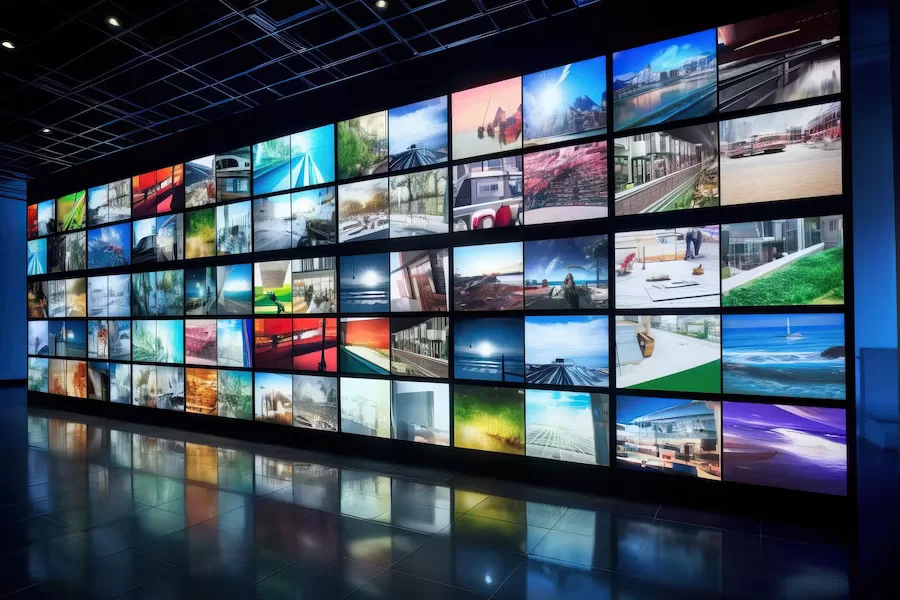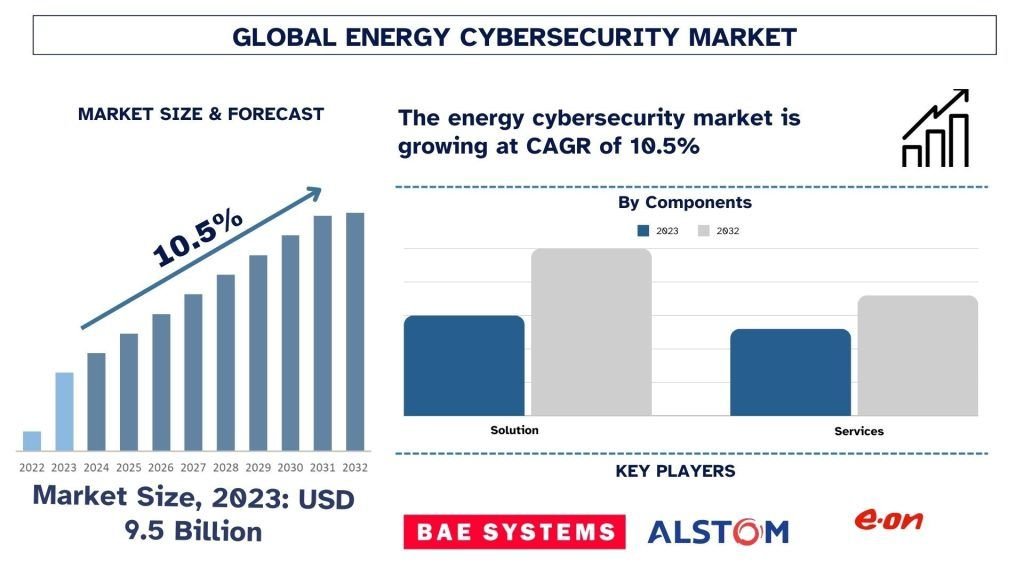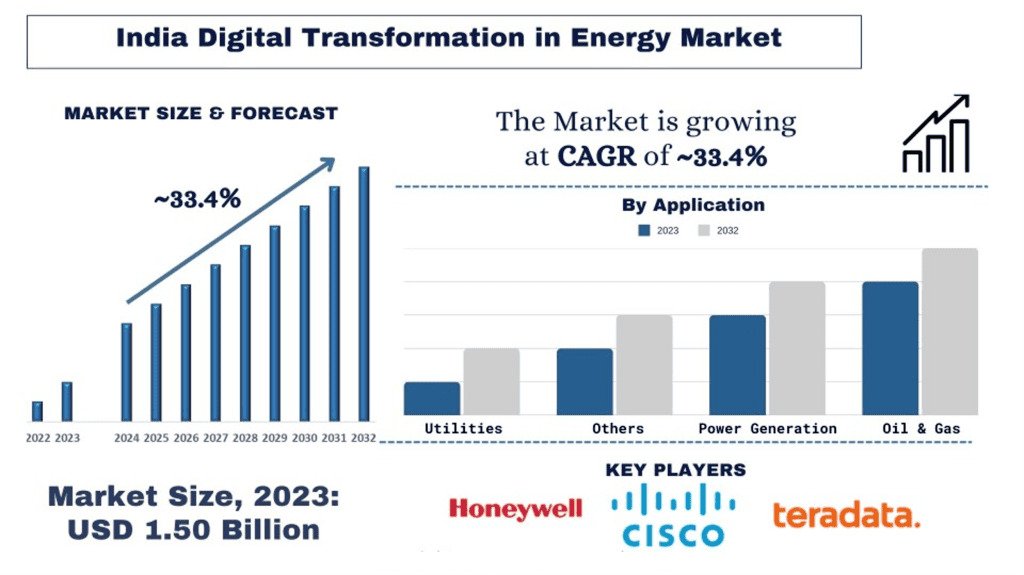Video wall digital signage players is a specialized device that powers content across multiple display screens configured as one large visual surface. These players are responsible for splitting and synchronizing video and multimedia content seamlessly across all screens, ensuring clarity, consistency, and precision. Unlike single-screen displays, video walls require highly capable players that can manage high-resolution content, split visuals correctly, and ensure real-time synchronization. The player must also support a variety of content formats while providing robust control features for effective management.
Key Features of Digital Signage Players for Video Walls
Multi-Output Support
The best digital signage players for video walls are equipped to output content to multiple screens at once with maximum efficiency and clarity. These players typically include multiple HDMI, DisplayPort, or similar high-bandwidth interfaces, allowing them to deliver 4K or even 8K resolution to each connected display. This ensures that visuals remain sharp and synchronized, no matter how large or complex the video wall configuration is. Whether you’re managing a 2×2 retail display or a massive control room installation, these top-tier players guarantee seamless content distribution and high-definition performance across all screens.
Frame Synchronization
For a video wall to appear as one unified display, the signage player must ensure that each screen refreshes in perfect sync. Any lag or frame misalignment can break the illusion and lead to a disjointed visual experience. High-end players use Genlock or frame-lock technologies to eliminate such issues.
Hardware-Accelerated Video Decoding
To run ultra-high-definition videos across several displays, players need hardware-accelerated video decoding. This feature ensures smooth playback without overloading the CPU or GPU, which is crucial for long-term stability in commercial environments.
Applications of Video Wall Signage Players Across Industries
Retail and Shopping Malls
Retailers use video walls to create immersive brand experiences. From dynamic product promotions to interactive fashion shows, video walls enhance engagement and keep customers visually captivated. A powerful signage player ensures the content is rich, crisp, and smoothly delivered.
Airports and Transportation Hubs
In airports, video walls are often used for flight information, wayfinding, and advertisements. The signage player must handle real-time data integration and push updates to multiple screens instantly, ensuring travelers always have access to the latest information.
Command and Control Centers
In security and operations centers, video walls display data streams, surveillance footage, and analytical dashboards. The player must support complex content layering, rapid switching between sources, and uninterrupted uptime.
Corporate Lobbies and Events
Corporations use large-scale video walls in lobbies, conference rooms, and event venues to display messages, stream live feeds, or enhance presentations. Digital signage players for such settings must support flexible layouts and high-performance content playback.
Benefits of Using High-Quality Signage Players in Video Walls
Seamless Content Management
Premium signage players come with intuitive content management software or integrate easily with third-party platforms. This allows for easy scheduling, real-time updates, and flexible zone creation across screens.
Scalability for Expanding Setups
Reliable players can scale with your installation, whether you have a 2×2 wall or a massive 10×10 grid. They support daisy-chaining and modular configurations, allowing businesses to expand their visual reach without replacing the entire system.
Reduced Maintenance and Downtime
Industrial-grade players are built for 24/7 operation. They reduce the risk of crashes or system failures, minimizing maintenance needs and ensuring continuous operation in mission-critical environments.
Choosing the Right Digital Signage Player for a Video Wall
Assess Output Capabilities
Evaluate how many screens the player can support and whether it outputs at the resolution your setup requires. For video walls, ensure the player can handle at least Full HD per screen, with a preference for 4K or higher when budget allows.
Look for Content Flexibility
Choose a player that supports multiple content types video, HTML5, live data feeds, social media integration, and interactive widgets. Flexibility allows you to experiment with engaging, high-impact content formats.
Consider Cooling and Form Factor
Video wall players often operate behind displays in enclosed environments. Look for devices with efficient cooling mechanisms, fanless design for silent operation, and compact form factors that fit tight spaces.
Hardware vs. Software Video Wall Solutions
Dedicated Hardware Players
These players are physical devices built specifically to manage video wall content. They offer the highest performance and stability, ideal for installations where uptime and quality are non-negotiable.
Software-Based Solutions
These rely on a network of mini-PCs or media players, each controlling one or more screens. While cost-effective, they can suffer from synchronization issues and require more complex setup and maintenance.
Hybrid Models
Some systems blend both approaches, centralized hardware with software for customization. These models combine performance with flexibility and are becoming popular in enterprise-level deployments.
Common Challenges and How to Overcome Them
Synchronization Failures
Inconsistent frame rates or refresh cycles can cause screens to fall out of sync. Use signage players that support frame locking and have dedicated graphics cards optimized for multi-screen output.
Network Latency
For remote content delivery, poor network speed can delay updates. Opt for players that support offline caching, pre-scheduling, and bandwidth optimization features.
System Heat and Overload
Running high-resolution content across multiple screens can generate excessive heat. Select players are designed for thermal efficiency and equipped with durable internal components to handle extended workloads.
Future Trends in Multi-Screen Digital Signage
AI-Driven Content Optimization
Future signage players will use AI to analyze viewer behavior and adjust content in real time. This capability enhances engagement by presenting more relevant visuals to the audience.
Edge Computing for Real-Time Processing
With edge computing, processing occurs at the screen level rather than in the cloud. This reduces latency and enables ultra-fast content updates, critical for interactive and responsive video wall installations.
Integration with IoT Devices
As IoT continues to grow, signage players will increasingly integrate with sensors, beacons, and smart devices, enabling context-aware content that responds to environmental changes or viewer interaction.
Conclusion
Digital signage players are the power behind every visually stunning video wall. Whether in retail, transportation, corporate, or security sectors, the quality of the player directly impacts content delivery, audience engagement, and overall brand experience. Investing in the right player ensures your video wall operates flawlessly, scales with your needs, and keeps your messaging sharp and compelling across every screen.












Leave a Reply